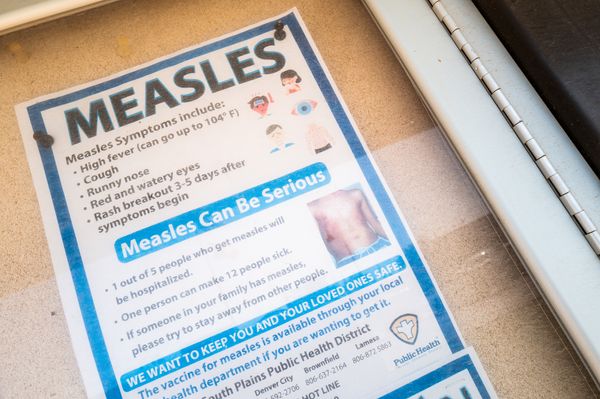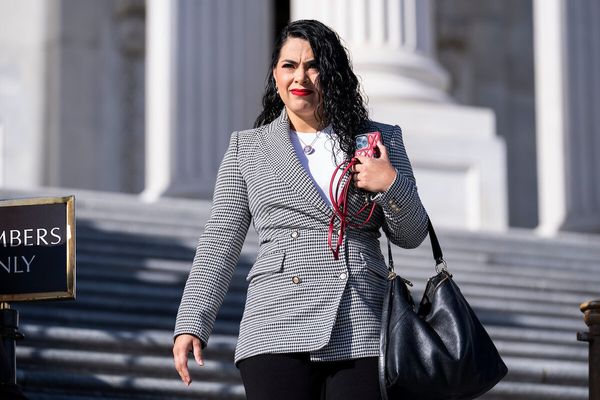The owners of homes made uninhabitable by disastrous floods six months ago remain firmly in the recovery phase, with many still displaced.
Emergency Recovery Victoria has supported 580 people with alternative accommodation at Shepparton and Mooroopna, in the state's north.
Chief executive Mariela Diaz said insurance had been a "big issue" during the flood response.
"There are a lot of people that have been caught short," she said.
Minister for Emergency Services Jaclyn Symes said 90 people from Shepparton and Mooroopna were still in government-funded temporary accommodation, such as a hotel or caravan park.
"But we know that there are more people ... we keep getting referrals each week," she said.
Some insurance companies have supplied customers with caravans so they can live in their backyards while their home is being repaired.
The Victorian government offered the same option to uninsured flood victims on Thursday.
The $4.6 million Homes at Home program will provide 40 households in Shepparton and Mooroopna with caravans or modular homes to be placed at their own properties for up to 12 months while they rebuild.
The program is part of $1.5 billion in flood recovery funding provided by the Victorian and Commonwealth governments.
Extreme cases uninsurable
The Insurance Council of Australia said more than 8,300 flood-related property claims had been lodged in Victoria since October, with more to come.
The Victorian floods have an incurred loss value of more than $551 million.
Insurance council general manager of public affairs, Mathew Jones, said there was a "small but significant" number of Australians whose homes were uninsurable in the most flood-prone towns.
"The interesting thing is that places like Shepparton, Rochester, Lismore, Seymour, Eugowra, were all previously known by insurers and policy makers to be at high risk of flood," Mr Jones said.
"So it's not surprising — but of course its very troubling — that these locations and the people who live in them would be impacted in this way.
"And it's also not surprising, given the high risk of flood, that for many people in those towns that flood cover is just unaffordable."
Mr Jones said it was crucial to reduce the risk long-term, bringing those people back into the insurance market.
"So that they are covered, they are able to get back on their feet when something happens, and so that the burden doesn't fall on the public purse as well," he said.
Mr Jones said government buyback schemes, such as one that had started in Lismore, were needed for extreme cases, to allow homeowners at severe risk of flooding to offload properties and relocate.
The federal government's Disaster Ready Fund launched in January, promising up to $200 million annually for state and territory governments to fund risk-mitigation projects.
Ms Symes said the Victorian government would continue to work on risk mitigation for preparedness.
"We're focused on recovery but that doesn't mean that we're not focused on prevention in the future as well," she said.
Reinsurance pool could cut premiums
University of Queensland professor Paula Jarzabkowski, who is an expert in global disaster recovery and insurance protection, said high levels of insurance would be critical for Australia to cope with future disasters.
"We know that Australia is one of the most climate exposed countries, and we know that it is one of the most under-insured," Professor Jarzabkowski said.
"Affordability of insurance is becoming more and more of a problem.
"I think it's time we looked at this as a crisis in Australia."
She said highly insured societies could recover from disaster within 12 months, and even experience a spike in growth during reconstruction.
Professor Jarzabkowski said Australia needed a national multi-peril reinsurance pool covering all natural disasters, subsidised by taxpayers.
"That would allow everyone to remain in insurance while we start sorting out the problem of how we relocate and rebuild," she said.
"We have a chance of getting on top of these disasters before it's too late.
"I have a really urgent plea that we stop avoiding this question and we start dealing with it."







